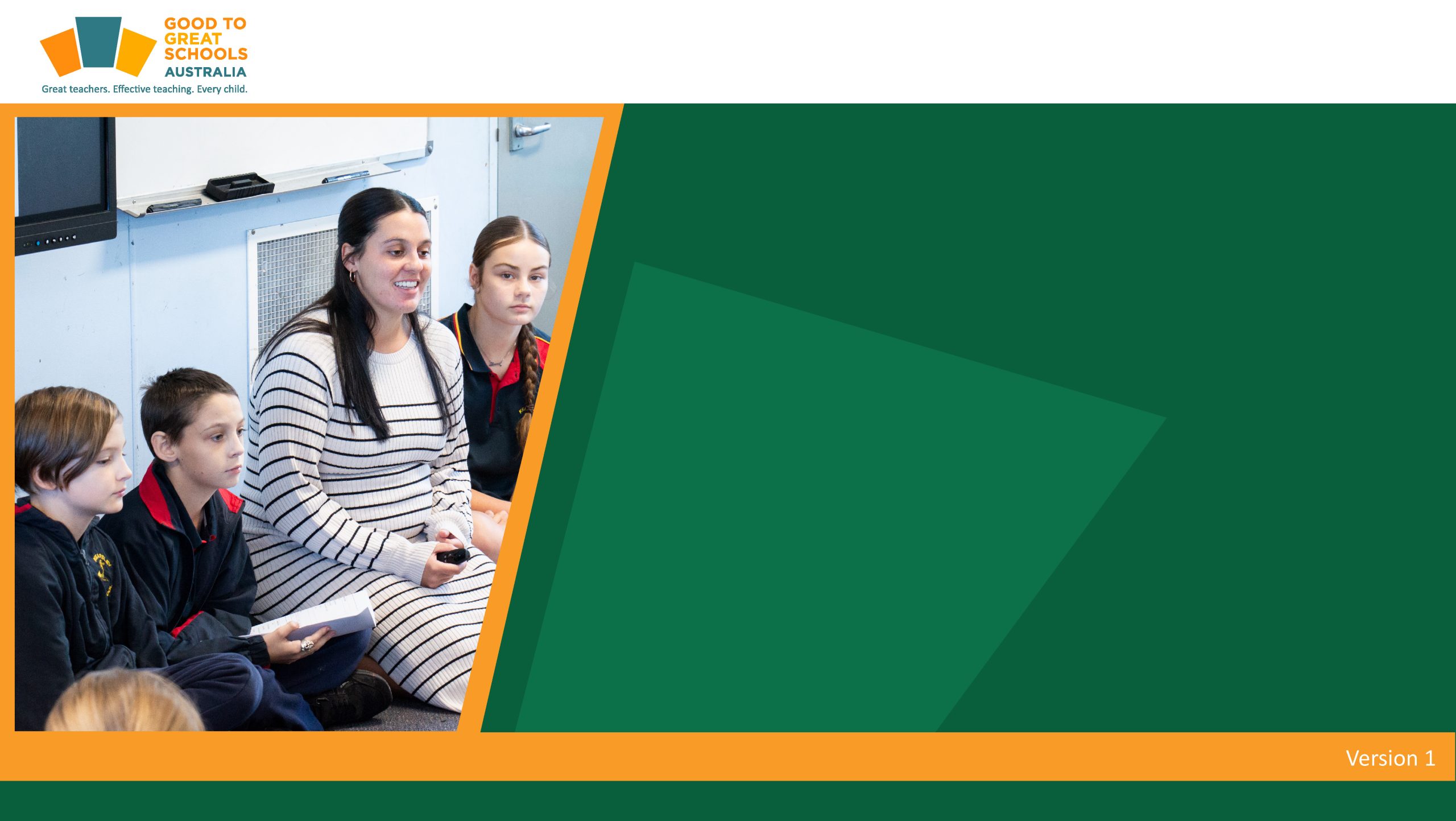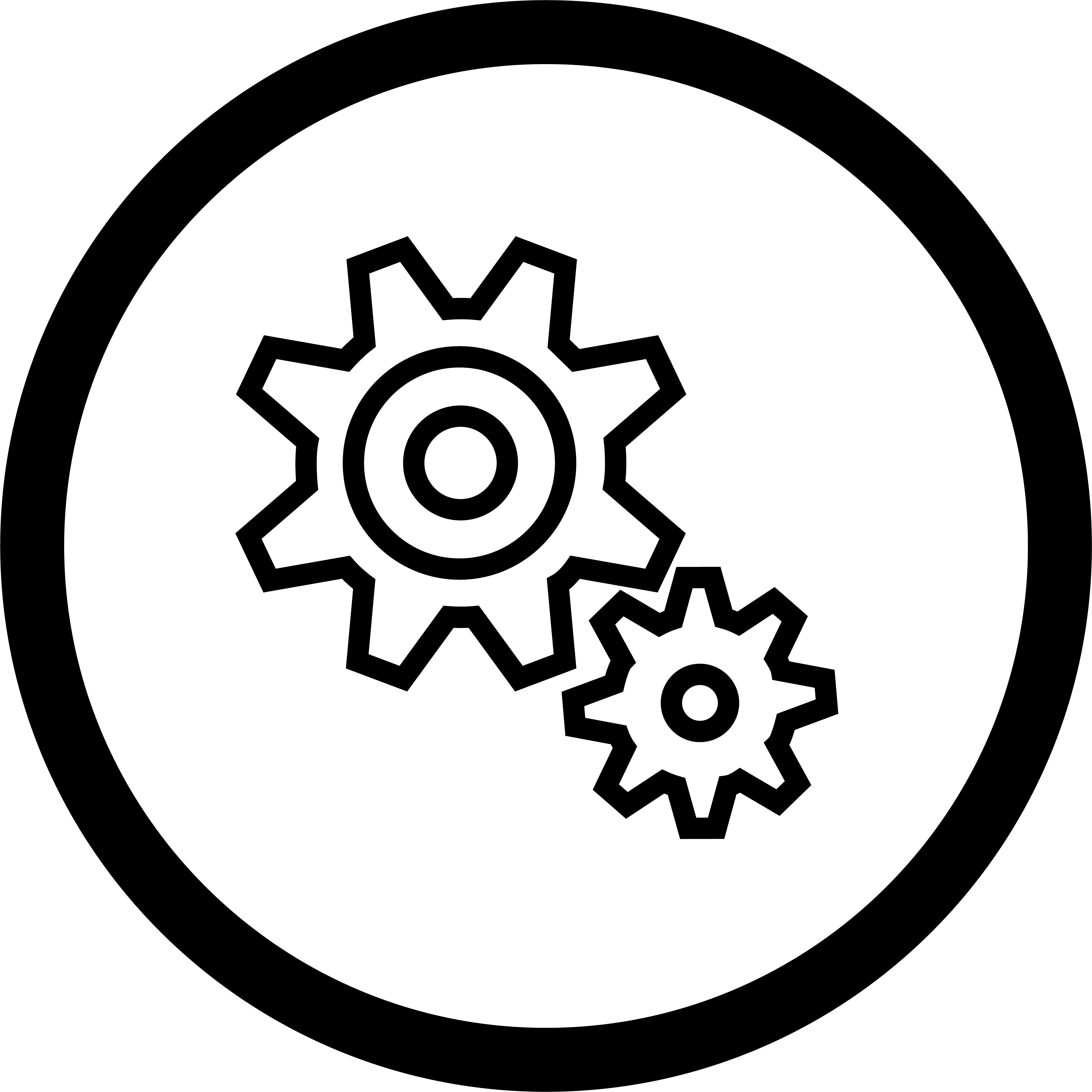Practice Prevent Problem Behaviours
-
Module Introduction2 Topics
-
Delivered With Fidelity22 Topics|2 Tests
-
Cover
-
Module Objective
-
What Happens When Preventing Problem Behaviours is Delivered with Mastery
-
The Process of How to Prevent Problem Behaviours
-
The Process for Preventing Problem Behaviours
-
The Teacher Plans for Potential Problems
-
The Impact of Planning for Potential Problems
-
The Teacher Uses Prompting
-
The Impact of Using Prompting
-
The Teacher Uses Pre-Correcting
-
The Impact of Using Pre-Correcting
-
Video: Pre-correcting Before Beginning a New Activity
-
The Teacher Uses Physical Proximity
-
The Impact of Using Physical Proximity
-
Check Your Understanding
-
The Teacher Uses Signals
-
The Impact of Using Signals
-
The Teacher Removes Distractions
-
The Impact of Removing Distractions
-
The Teacher Implements Intermittent Breaks
-
The Impact of Using Intermittent Breaks
-
Test Your Understanding
-
Cover
-
Not Delivered With Fidelity18 Topics|2 Tests
-
Cover
-
What Happens When Prevention of Problem Behaviours is Not Delivered with Fidelity
-
The Teacher Does Not Plan for Potential Problems
-
The Impact of Not Planning for Potential Problems
-
The Teacher Does Not Use Prompting
-
The Impact of Not Using Prompting
-
The Teacher Does Not Use Pre-Correcting
-
The Impact of Not Using Pre-Correcting
-
The Teacher Does Not Use Physical Proximity
-
The Impact of Not Using Physical Proximity
-
Check Your Understanding
-
The Teacher Does Not Use Signals
-
The Impact of Not Using Signals
-
The Teacher Does Not Remove Distractions
-
The Impact of Not Removing Distractions
-
The Teacher Does Not Implement Intermittent Breaks
-
The Impact of Not using Intermittent Breaks
-
Test Your Understanding
-
Cover
-
Barriers That Impede Fidelity10 Topics|2 Tests
-
Cover
-
Barriers That Impede Delivering Prevention of Problem Behaviours with Fidelity
-
Using Deductive Logic to Identify the Cause of the Barrier
-
Not Understanding Why Prevention of Problem Behaviour is Required
-
Do Not Know How to Prevent Problem Behaviour
-
Does Not Plan Time for Re-teaching Rules and Routines
-
Check Your Understanding
-
Teacher Relies on Reactive Behaviour Techniques
-
Teacher Does Not Regularly Assess the Energy Level of the Classroom
-
Test Your Understanding
-
Cover
-
Removing Barriers That Impede Fidelity15 Topics|2 Tests
-
Cover
-
Ways to Tackle Barriers So Prevention of Problem Behaviour is Delivered with Fidelity
-
Tackling the Barrier of Not Understanding Why Preventing Problem Behaviours is Required
-
Process
-
Tackling the Barrier of Not Knowing How to Prevent Problem Behaviours
-
Process
-
Tackling the Barrier of Not Planning Time for Re-teaching Rules and Routines
-
Process
-
Check Your Understanding
-
Tackling the Barrier of Relying on Reactive Behaviour Techniques
-
Tackling the Barrier of Relying on Reactive Behaviour Techniques
-
Tackling the Barrier of Not Regularly Assessing the Energy Level of the Classroom
-
Process
-
Video: Setting Students Up for Success
-
Test Your Understanding
-
Cover
-
Module Completion Survey1 Topic

The Impact of Removing Distractions

Step 1: Teacher Arthur notices his student, Paul, is playing with a small toy during his maths lesson. He also sees that other students sitting near Paul are becoming distracted by the toy.

Step 2: Arthur quietly moves towards Paul and removes the toy from his desk. He places the toy in his pocket and continues teaching.

Step 4: After the lesson, Arthur pulls Paul aside and hands him back the toy. He tells him that he understands the toy is important to Paul but a maths lesson is not the time to play with it. He instructs Paul to put the toy into his backpack until it is time for recess.

Step 3: Paul and the students around him glance at each other but then return their focus to Arthur’s lesson. Arthur removed the distraction in a calm, non-punitive way.

